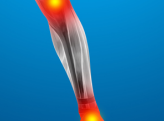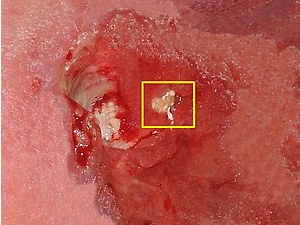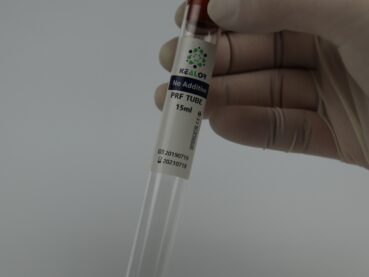An ankle sprain is a common injury that can occur during physical activity or even in everyday life. It typically occurs when the ligaments that support the ankle are stretched or torn, causing pain, swelling, and difficulty walking. In severe cases, an ankle sprain may require medical intervention such as physical therapy or surgery. Platelet-rich plasma (PRP) therapy has emerged as a potential treatment option for severe ankle sprains, offering benefits over traditional treatments. In this article, we will explore whether PRP is a better option than physical therapy or surgery for a severe ankle sprain.
Physical Therapy for Ankle Sprains
Physical therapy is a common treatment option for ankle sprains, particularly for mild to moderate injuries. Physical therapy involves exercises and stretches that help to improve flexibility, strength, and range of motion. Physical therapy can also help to reduce pain, swelling, and inflammation in the affected ankle. Physical therapy may be a suitable treatment option for individuals who have mild to moderate ankle sprains or those who are looking to prevent future injuries. However, for individuals with severe ankle sprains, physical therapy may not be enough to fully address the underlying issue.
Surgery for Ankle Sprains
Surgery is typically only recommended for severe ankle sprains that do not respond to conservative treatments such as physical therapy. Surgery for ankle sprains involves repairing or reconstructing the damaged ligaments in the ankle. While surgery can be effective, it is an invasive procedure that carries a risk of complications, such as infection and nerve damage. Recovery from ankle surgery can also be lengthy and may require a period of immobilization, which can impact a patient’s daily life and activities.
PRP Therapy for Ankle Sprains
PRP therapy is a non-invasive treatment option that uses the patient’s own blood to promote healing and tissue regeneration. During PRP therapy, a small amount of blood is drawn from the patient and processed in a centrifuge to isolate the platelets. The concentrated platelets are then injected into the affected area of the ankle, promoting healing and tissue regeneration. PRP therapy is a safe and effective treatment option for severe ankle sprains and has several advantages over physical therapy and surgery.
Advantages of PRP Therapy for Ankle Sprains
- Non-invasive: PRP therapy is a non-invasive treatment option that does not require surgery or extensive downtime.
- Natural Treatment: PRP therapy uses the patient’s own blood, making it a natural and safe treatment option.
- Reduced Risk of Complications: PRP therapy has a low risk of complications since it is a natural treatment that utilizes the body’s own healing properties.
- Short Recovery Time: PRP therapy has a shorter recovery time than surgery and does not require immobilization or extensive physical therapy.
- Long-Lasting Results: PRP therapy can provide long-lasting results, with many patients experiencing improvement for several months or even years after treatment.
Conclusion
While physical therapy and surgery are common treatment options for ankle sprains, PRP therapy offers several advantages over these traditional treatments. PRP therapy is a natural, non-invasive treatment option that can provide long-lasting results without the risks and lengthy recovery times associated with surgery. If you are suffering from a severe ankle sprain, talk to your doctor about whether PRP therapy may be a suitable treatment option for you.








